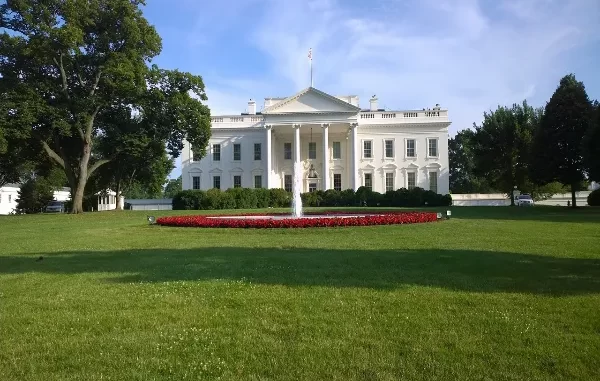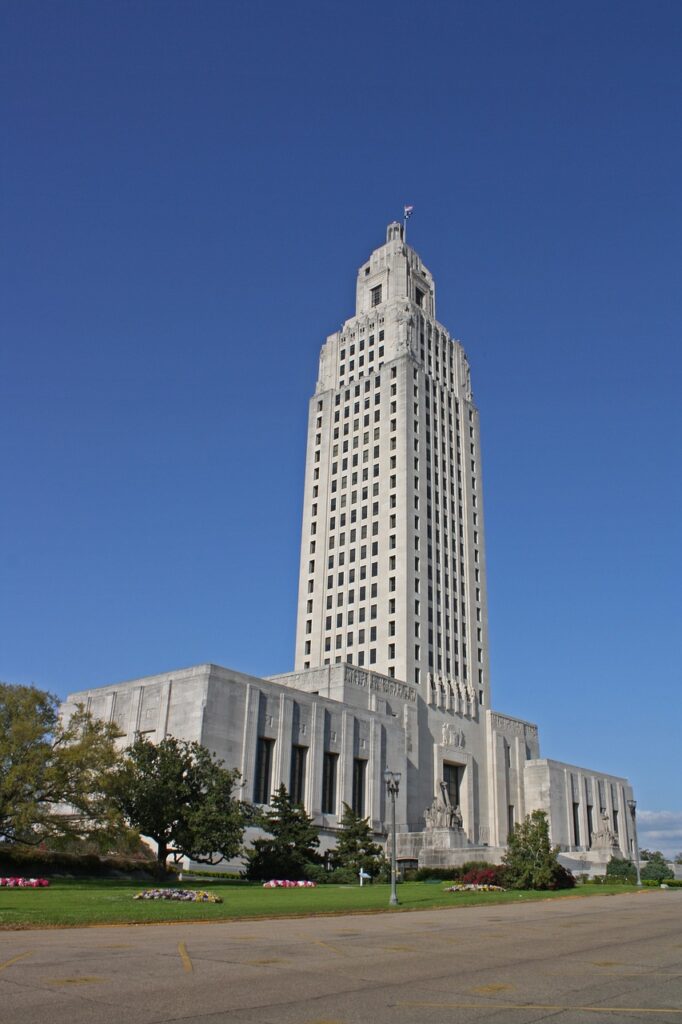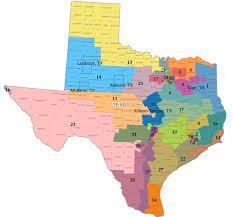
The Decennial Redistricting Process Unveiled
The heartbeat of a thriving democracy lies in its commitment to ensuring equitable representation for all citizens. To uphold this principle, voting districts undergo a crucial process every ten years known as redistricting. This intricate process plays a pivotal role in preserving the integrity of elections, maintaining fairness, and reflecting the dynamic changes within a population. In this article, we delve into the world of decennial redistricting, exploring its significance, challenges, and the profound impact it has on the democratic landscape.
Understanding Decennial Redistricting
Decennial redistricting, as the name suggests, is the process of redrawing the boundaries of voting districts every ten years. This process is driven by the evolving demographics and population shifts within a state or jurisdiction. The primary goal of redistricting is to ensure that each district remains roughly equal in population size, thus upholding the fundamental principle of “one person, one vote.”

Redistricting aims to counteract the impact of population changes that may lead to districts becoming unevenly populated over time. By adjusting the boundaries, lawmakers strive to maintain a balance of representation and prevent any single district from wielding disproportionate influence over the electoral process.
The Significance of Fair Representation
Fair representation is at the core of democratic ideals, and decennial redistricting is a mechanism that safeguards this principle. When districts become unevenly populated due to population growth or migration patterns, some citizens may find their votes carrying more or less weight than others. This imbalance undermines the concept of equal representation and distorts the democratic process.
Redistricting ensures that the distribution of power and representation remains aligned with the demographic realities of a region. By adjusting district boundaries, lawmakers can help to prevent gerrymandering—a practice in which districts are deliberately drawn to favor one political party or group over another. Through fair and transparent redistricting, the voices of citizens are preserved, and the democratic process maintains its integrity.
The Challenges of Redistricting
Redistricting, while essential, is not without its challenges. The process can be complex, contentious, and politically charged. Competing interests, partisan objectives, and demographic changes can all influence the way districts are redrawn. This can sometimes lead to the manipulation of boundaries to favor one political party or incumbents, a practice known as gerrymandering.
Gerrymandering undermines the principles of fair representation and equality, as it distorts electoral outcomes and can lead to uncompetitive elections. Addressing gerrymandering requires vigilance, transparency, and a commitment to impartiality in the redistricting process.
Technology and Transparency

Advancements in technology have transformed the redistricting process, offering new tools for ensuring transparency and public participation. Geographic information systems (GIS) and mapping software enable lawmakers and the public to visualize and analyze district boundaries in detail. These tools help to ensure that redistricting is not only equitable in terms of population but also respects community boundaries and avoids unnecessary disruptions.
Furthermore, public involvement in redistricting has gained momentum. Many states have embraced public input through open hearings, town hall meetings, and online platforms. This inclusivity empowers citizens to engage in the process, voice their concerns, and hold lawmakers accountable for drawing fair and representative districts.
The Long-Term Impact
The consequences of decennial redistricting extend far beyond a single election cycle. The boundaries established during this process can shape political representation and policy outcomes for years to come. As populations continue to shift and evolve, the importance of fair and transparent redistricting remains paramount in maintaining a strong and vibrant democracy.
In conclusion, decennial redistricting is a crucial element of the democratic process, ensuring that citizens’ voices are heard and their votes carry equal weight. By redrawing district boundaries to reflect changing demographics, lawmakers uphold the principles of fairness, representation, and equal participation. As technology and public engagement continue to evolve, the redistricting process holds the promise of shaping a more equitable and inclusive democratic future.

Leave a Reply